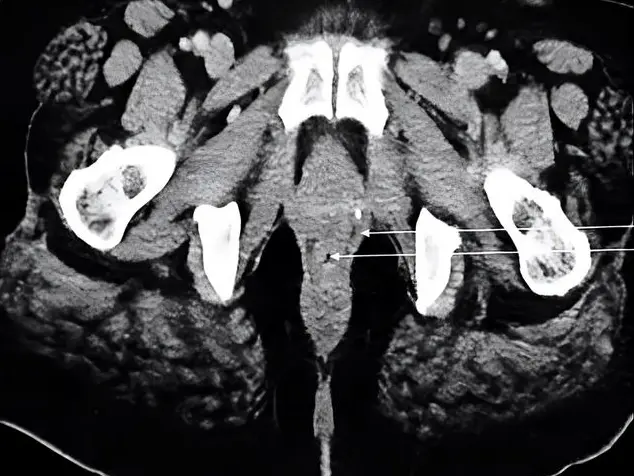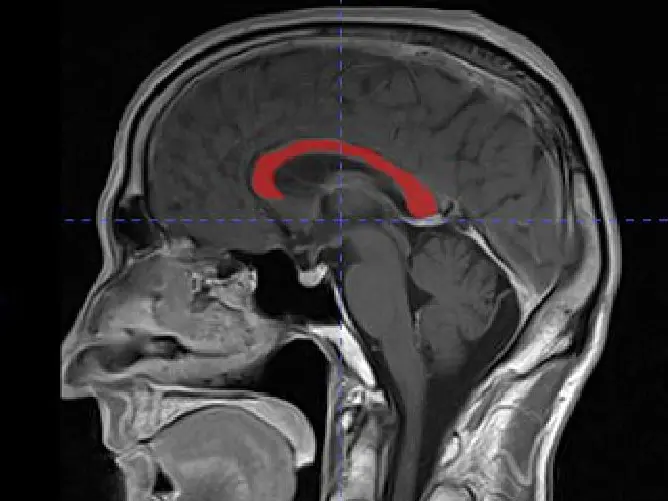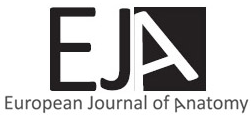The suprameatal approach, which does not require mastoidectomy, uses the method of tunneling over the facial nerve to enter the middle ear in cochlear implantation. Even if the SMA approach is also used to drain the mastoid antrum, the depth of the triangle and protrusion types may be important for surgical approaches in this region. This descriptive study was conducted with 58 dry skulls found in the laboratories of the University Faculty of Medicine. Important landmarks were used on the left and right sides of the skulls. All the distances were measured with a vernier caliper to the nearest millimeter.
No statistical significance was found between the right and left sides (p>0.05). The border lengths of the suprameatal triangle were respectively 14.88±1.67 mm, 18.17±1.09 mm, 14.56±1.59 mm on the right and 15.34±1.65 mm, 19.01±0.56 mm, 15.89±0.52 mm on the left. Consequently, it was determined that the left side was wider than the right, and there was statistical significance between the sides. The mean ST area was found to be 112.7±16.90 mm2. The crest was observed mostly on the right side (n=30 (51.72%)), and the triangular suprameatal protrusion was observed mostly on the right side (n=10 (31.03%)). We think that knowing this area’s borders and morphological features well, nominated before the surgical procedure, will be a guide in preventing possible operative and postoperative complications.



